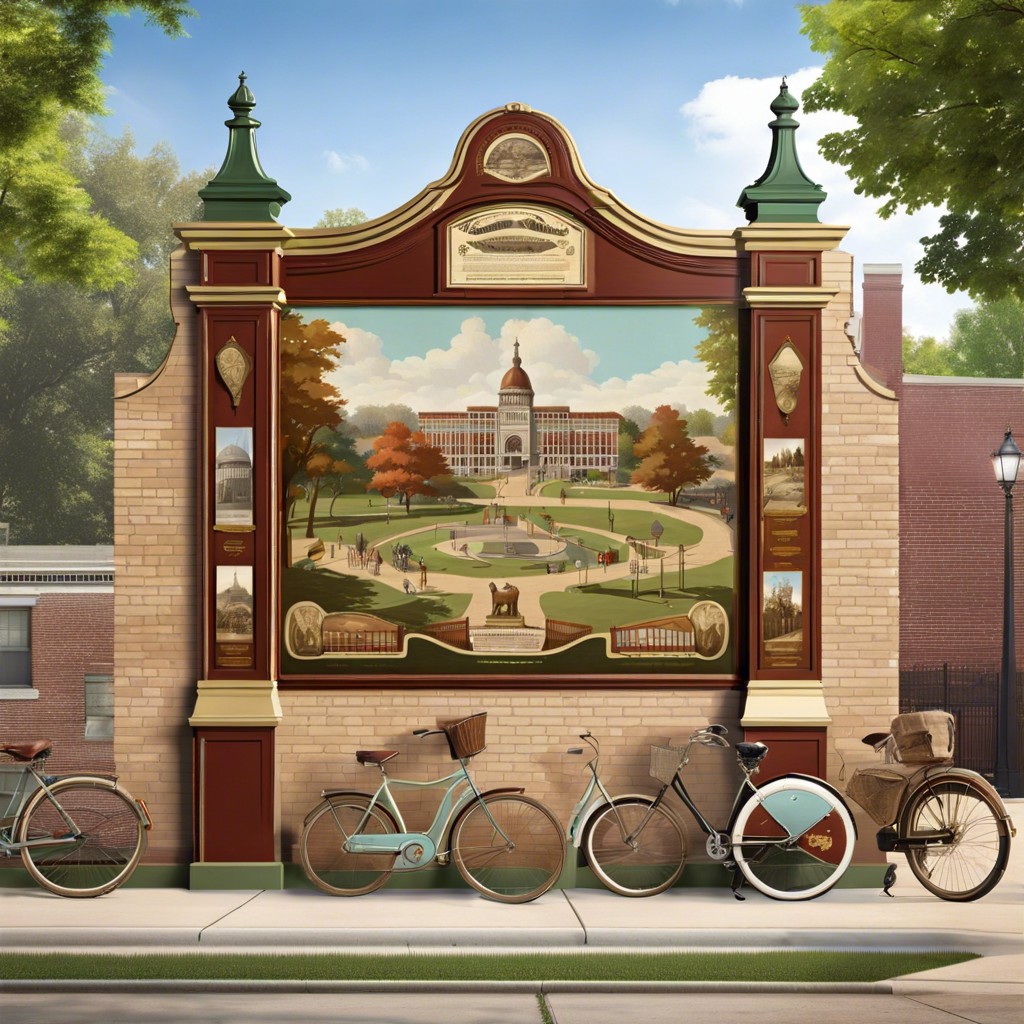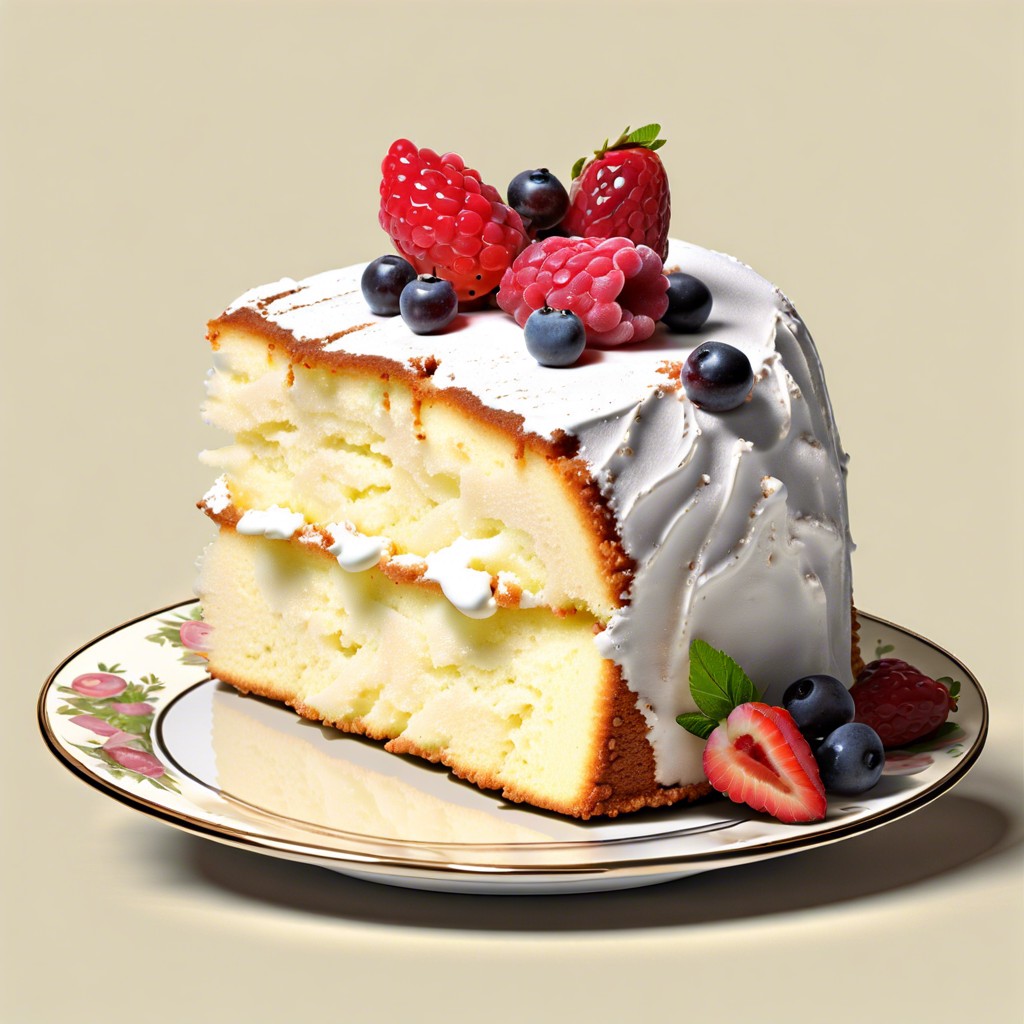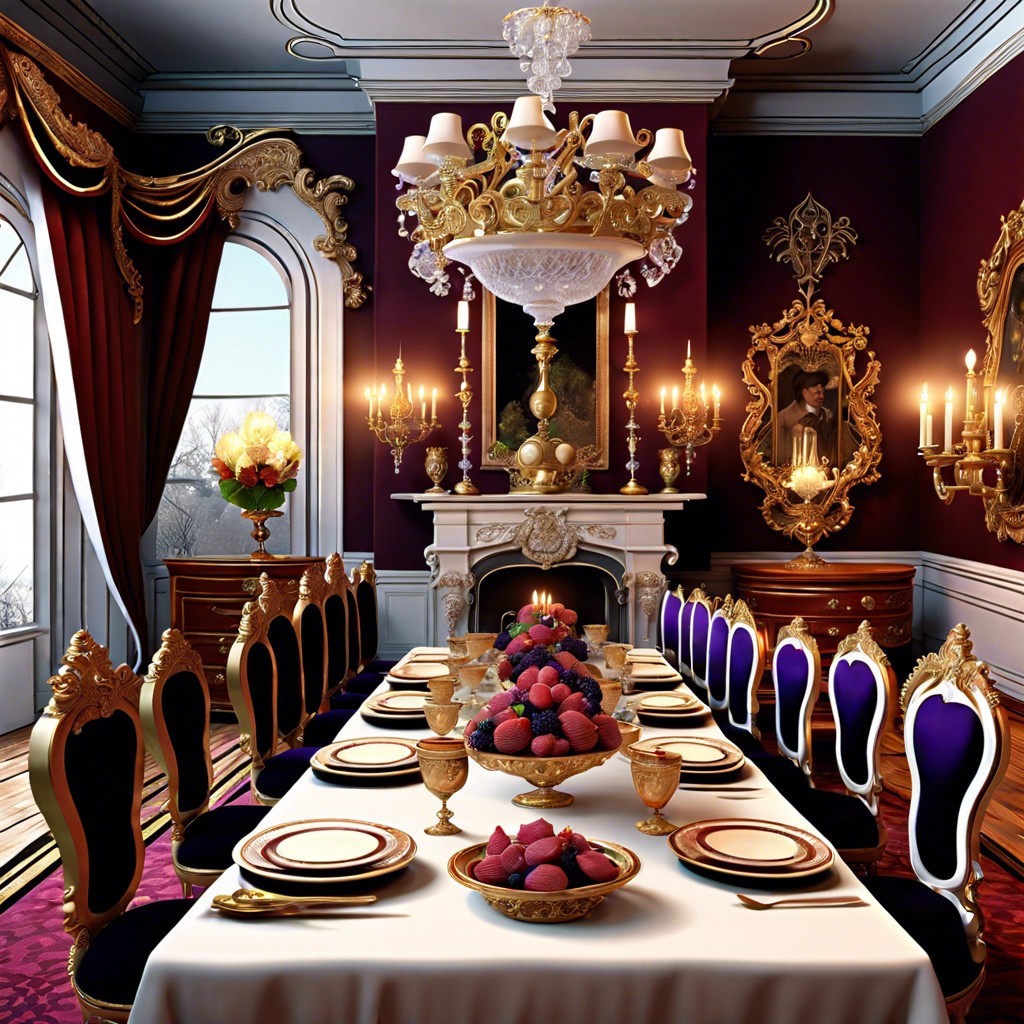Last updated on
Discover the captivating origins and evolution of vintage Halloween traditions and collectibles.
Key takeaways:
- Halloween collectibles trace back to early 20th century America.
- Halloween evolved from Celtic rituals to festive community celebrations.
- Beistle and Dennison were significant manufacturers of vintage Halloween items.
- Value of collectibles is determined by rarity, condition, and provenance.
- Authentic vintage Halloween items can be found in antique shops, online marketplaces, auctions, and collectors’ shows.
Origin of Vintage Halloween Collectibles
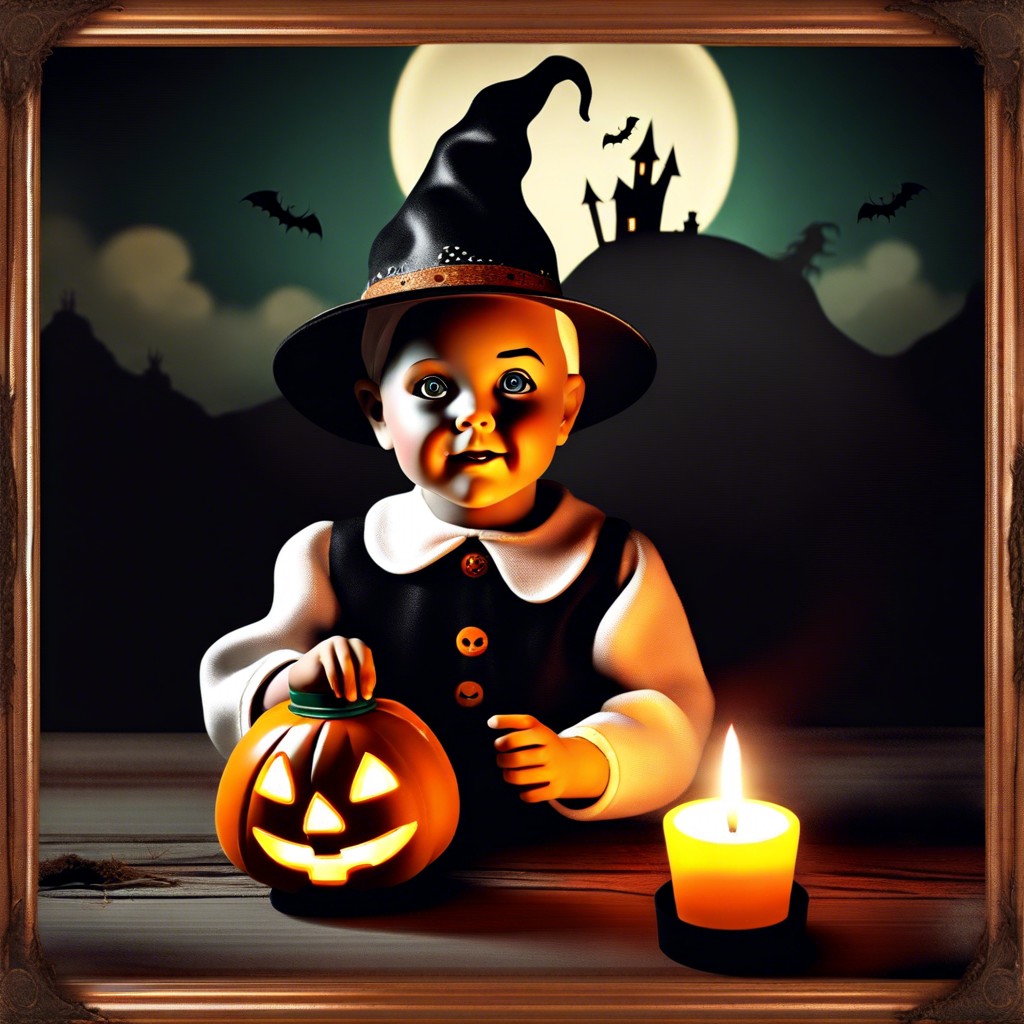
The fervor for collecting Halloween memorabilia traces back to the early 20th century, coinciding with the commercialization of the holiday in America. Initial items stemmed from traditions imported by European immigrants, celebrating harvest and remembering the deceased.
As Halloween transitioned from a community-centered holiday to a more child-friendly, domestic celebration, demand for decorations and costumes led to mass production of collectibles.
These artifacts include postcards, die-cuts, lanterns, costumes, and table decorations made primarily of paper and occasionally celluloid, tin, and wood. Production peaked between the 1920s and 1950s, when Halloween became more whimsical and less grim.
Rarity and condition now significantly determine their worth, making mint-condition pieces from the era highly prized by collectors.
Evolution of Halloween Traditions
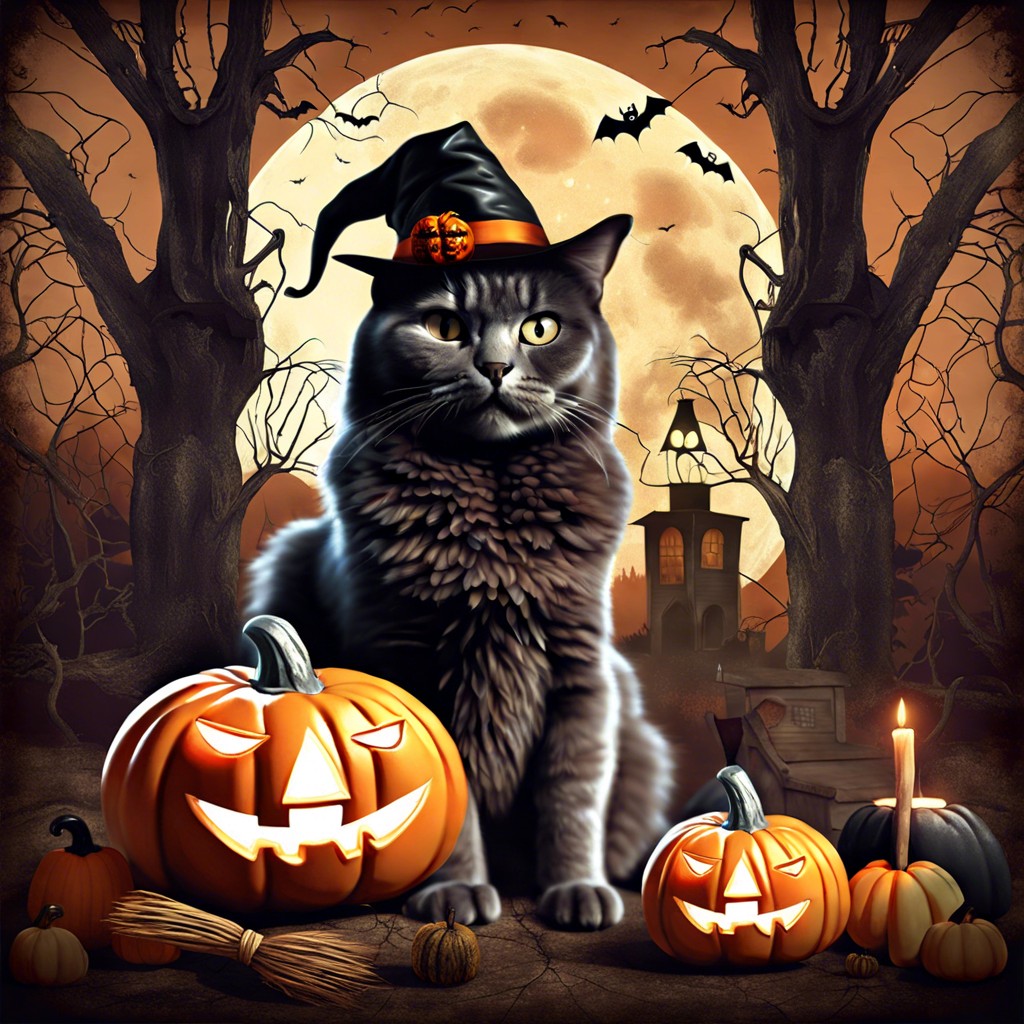
The Celtic festival of Samhain marked summer’s end with rituals to ward off spirits, giving rise to Halloween. Immigrants to America brought varied customs, merging with Indigenous harvest celebrations.
By the late 19th century, Halloween turned from frightening to festive, focusing on community and friendly gatherings. Trick-or-treating gained popularity during the 20th century as a way to involve children safely.
Halloween parties in the 1920s and 1930s featured homemade costumes and decorations, with an emphasis on creativity and thrift. The post-war era saw an explosion in commercialization and the mass production of costumes and decorations, making Halloween an industry of its own.
Significant Manufacturers: Beistle Company and Dennison Manufacturing Company
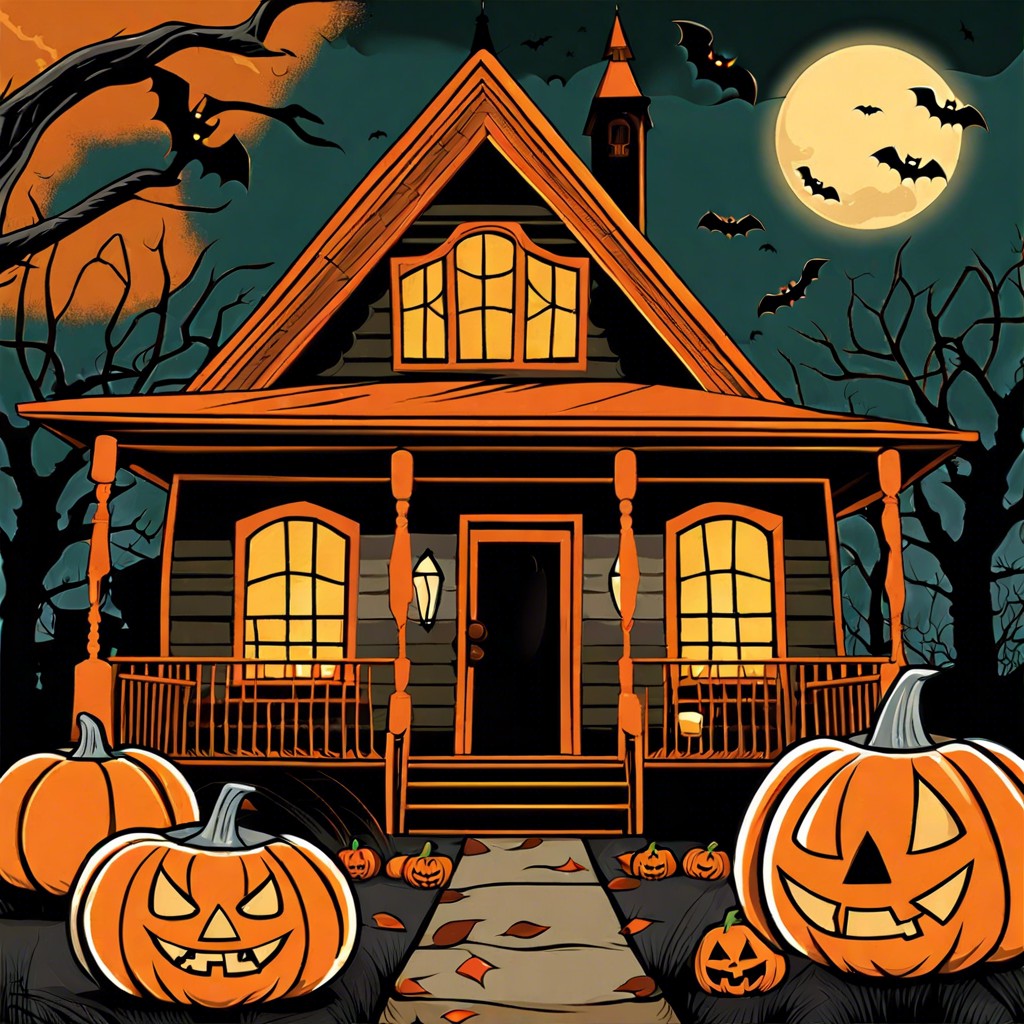
The Beistle Company, founded in 1900 by Martin Luther Beistle, is central to the collectible vintage Halloween market. Its iconic designs feature black cats, witches, and skeletons. These early decorations often utilized honeycomb tissue paper and vivid lithography to create festive and spooky designs, which today are highly sought after.
Dennison Manufacturing Company, established in 1844, initially produced labels and tags before expanding into Halloween items in the early 20th century. Their “Bogie Books” – guides for Halloween party planning – along with die-cut decorations and seals, hold a significant place in Halloween history for their charming, less macabre approach.
Both companies contributed substantially to the commercialization of Halloween, shifting it from homegrown traditions to a full-fledged holiday industry. Collectors today admire items from Beistle and Dennison for their craftsmanship, lasting color, and ability to evoke the nostalgia of early 20th-century celebrations.
Establishing the Value of Vintage Halloween Collectibles
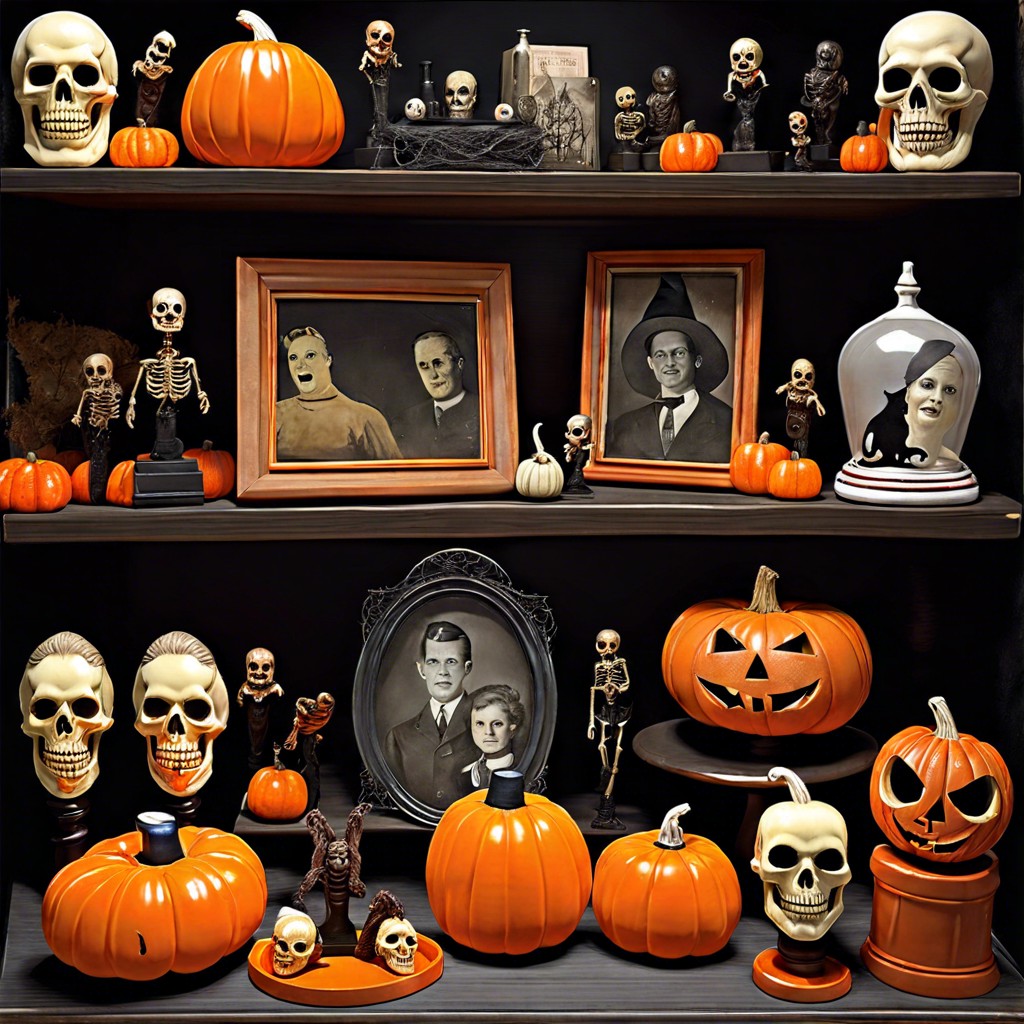
Condition is paramount; even minor damage can significantly reduce an item’s market value. Rarity also plays a critical role; pieces produced in limited quantities or from early Halloween celebrations tend to fetch higher prices. Authenticity must be verified, as reproductions are common; original items usually display characteristic aging signs that experts can identify.
Provenance can enhance value; collectibles with a documented history or from esteemed collections are more desirable. Lastly, market demand fluctuates; collectors should stay informed about current trends influencing the value of vintage Halloween memorabilia.
Where to Purchase Authentic Vintage Halloween Items
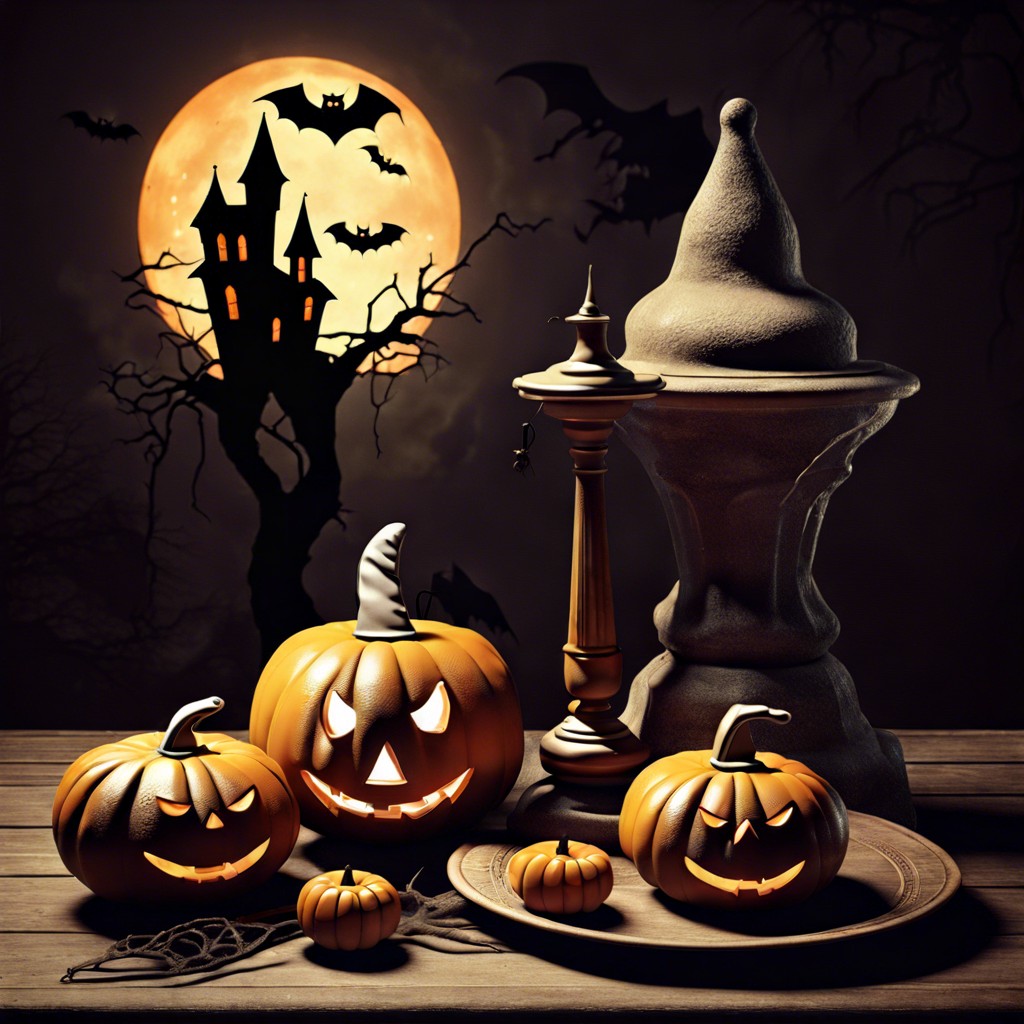
Specialty antique shops often curate a selection of seasonal items, including Halloween collectibles. These stores provide the advantage of seeing items in person and assessing their condition directly.
Online marketplaces such as eBay, Etsy, and Ruby Lane are rich resources for vintage collectibles. They offer a wide range of options but require careful scrutiny of seller reputation and item descriptions.
Auction houses occasionally feature themed auctions or lots that include vintage Halloween items. Detailed catalogs and condition reports are typically available for prospective buyers.
Collectors’ shows and flea markets present opportunities to find unique pieces. Networking with fellow enthusiasts can lead to discovering sought-after items.
Always verify authenticity through expert appraisal or by checking for manufacturer marks and provenance before purchasing. It ensures investment in genuine vintage Halloween memorabilia.
